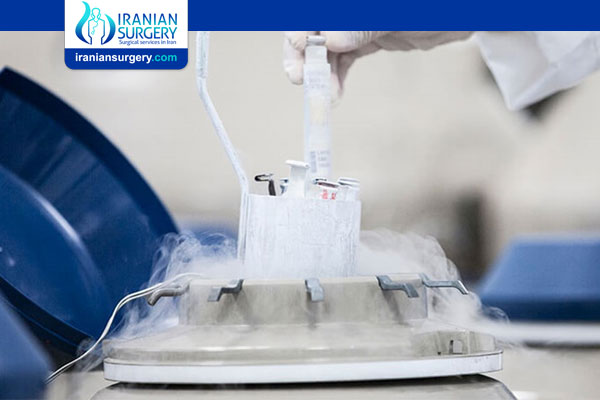Why Are Some Embryos Not Suitable for Freezing?
Why Are Some Embryos Not Suitable for Freezing?
During IVF or ICSI procedures where only one embryo is transferred, good quality embryos can be frozen (the medical term is ‘cryostorage’). Thawed frozen embryos can then be used at a later date if treatment is unsuccessful or if you wish to have further children. Embryo freezing is also a treatment option if you have a medical condition that is likely to affect your fertility or if you have not been able to have an embryo transfer after IVF or ICSI.
When Are Embryos Frozen?
Embryos can be stored at any stage from day 1 to day 6. Embryos are rarely frozen on day 4, because it’s difficult to understand their survival when thawed or warmed. Embryos are only frozen after a couple have signed a form consenting to the storage of their embryos. This consent form will also ask the couple to decide on the disposal of any unwanted or unused embryos.
Why Can’t All Embryos Be Frozen?
But why aren’t all ‘spare embryos’ of an in vitro fertilization cycle suitable for freezing? This question is common among Iranian Surgery patients, especially considering that in a cycle of ovarian stimulation a great number of the eggs recovered are suitable for insemination and the fertilization rate with both conventional IVF and ICSI (intracytoplasmic sperm injection) is around 75% of inseminated eggs.
However, not all of these fertilized eggs develop optimally and give adequate quality embryos for transfer and cryopreservation. Keep in mind that the freeze-thaw embryo is an aggressive procedure that only exceeds those embryos of good quality embryos. That is why, so you have to be very strict when it comes to deciding whether the ‘spare embryos’ of an IVF cycle are frozen or not, not to create false expectations to the couple.
Iranian Surgery usually considers grade A and B embryos to be the only contenders for being frozen but we will always consult our patients first and proceed with their approval.
How Are Embryos Frozen?
The medical term for frozen is ‘cryostorage’, where we use a technique of cooling embryos called “vitrification”. Vitrification refers to the “glass like state” of the cryopreserved (frozen) embryo. Vitrification involves changing the temperature of the embryos very rapidly and uses a higher concentration of “cryoprotectants” than is used in slow freezing. Cryoprotectants are chemicals added to the solution around the embryo to protect it from damage from the formation of ice crystals.
About Iranian Surgery
Iranian surgery is an online medical tourism platform where you can find the best doctors and fertility specialists in Iran. The price of IVF in Iran can vary according to each individual’s case and will be determined by an in-person assessment with the doctor.
For more information about the cost of IVF in Iran and to schedule an appointment in advance, you can contact Iranian Surgery consultants via WhatsApp number 0098 901 929 0946. This service is completely free.
Source:
https://carefertility.com.au/treatments/embryo-cryopreservation-and-storage
https://www.institutobernabeu.com/en/blog/why-not-all-embryos-obtain-from-a-cycle-of-in-vitro-fertilization-are-suitable-for-freezing/


